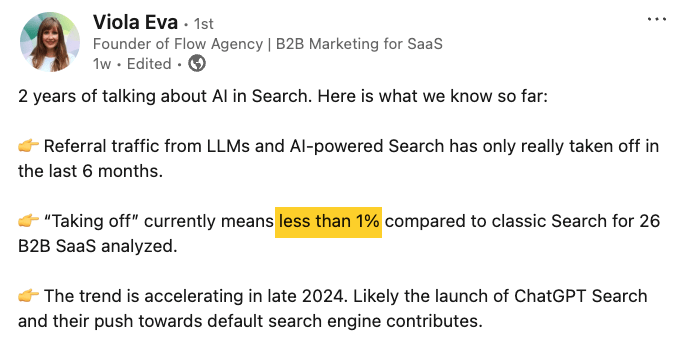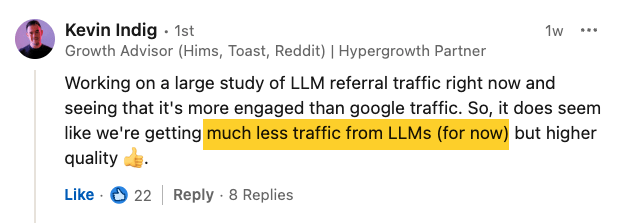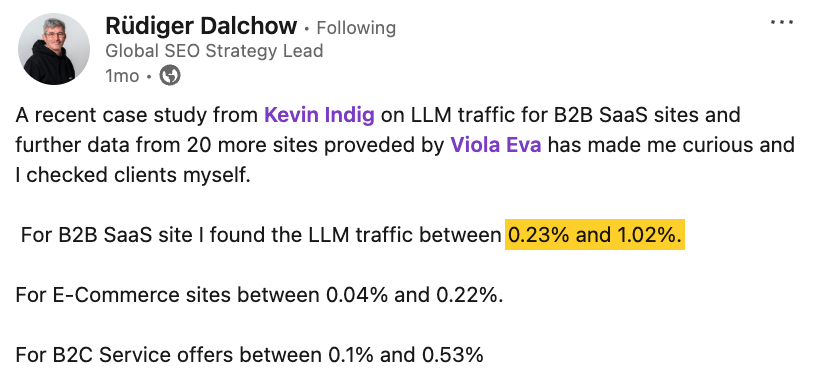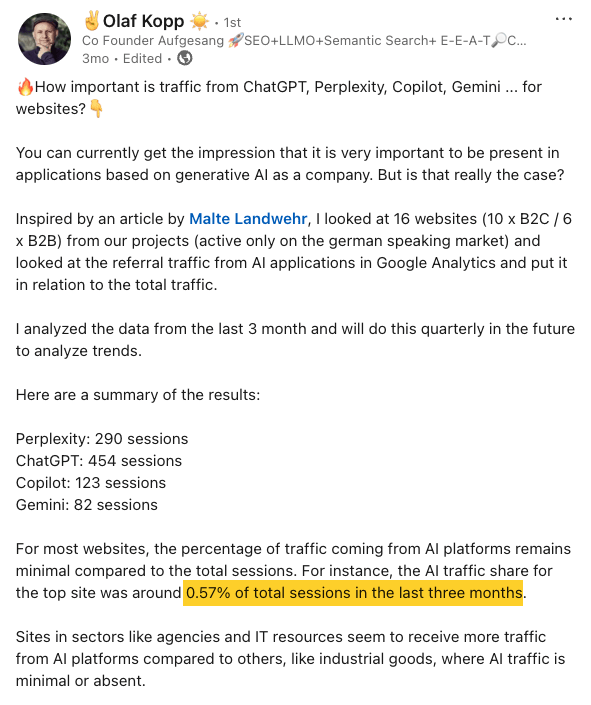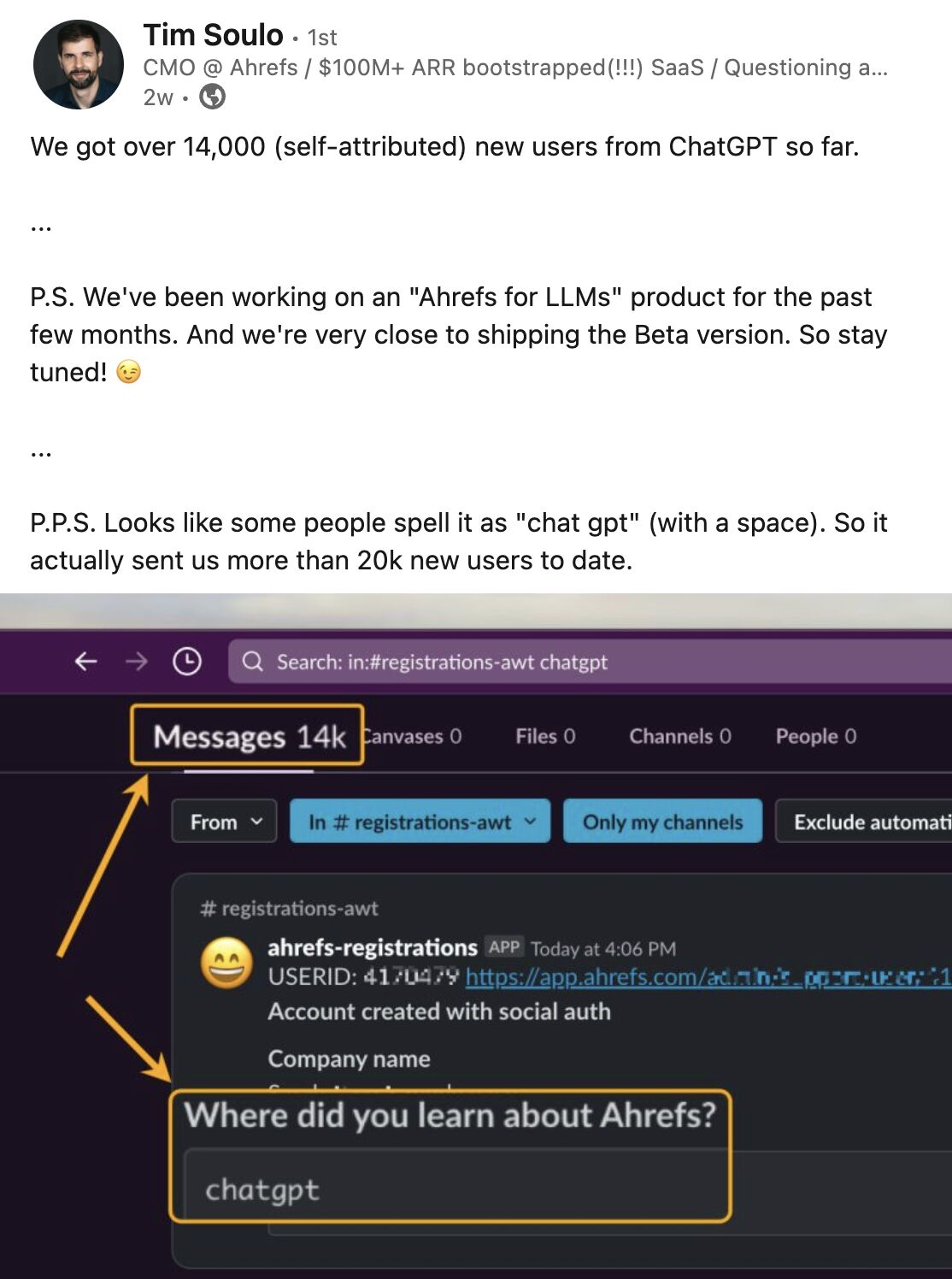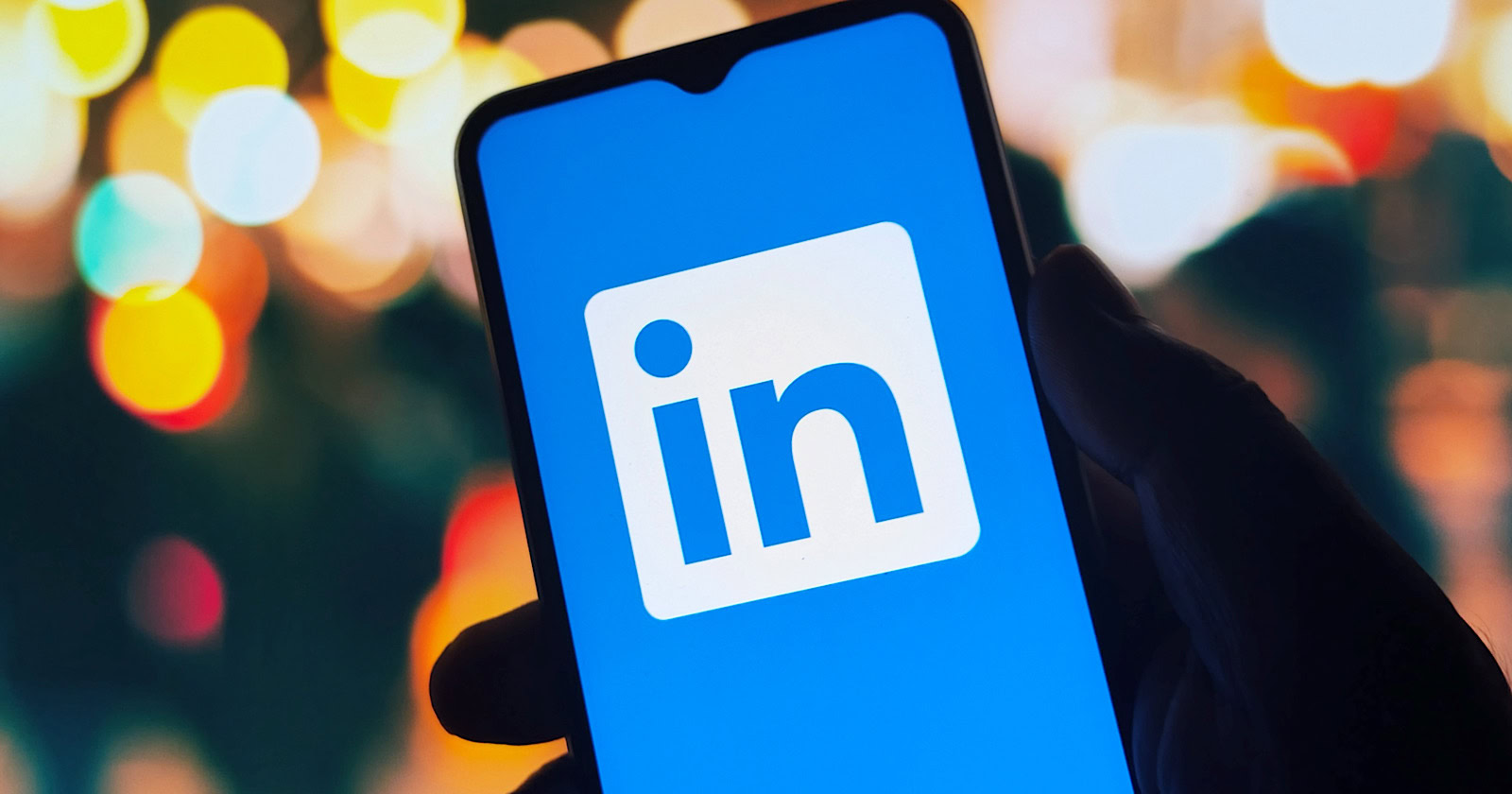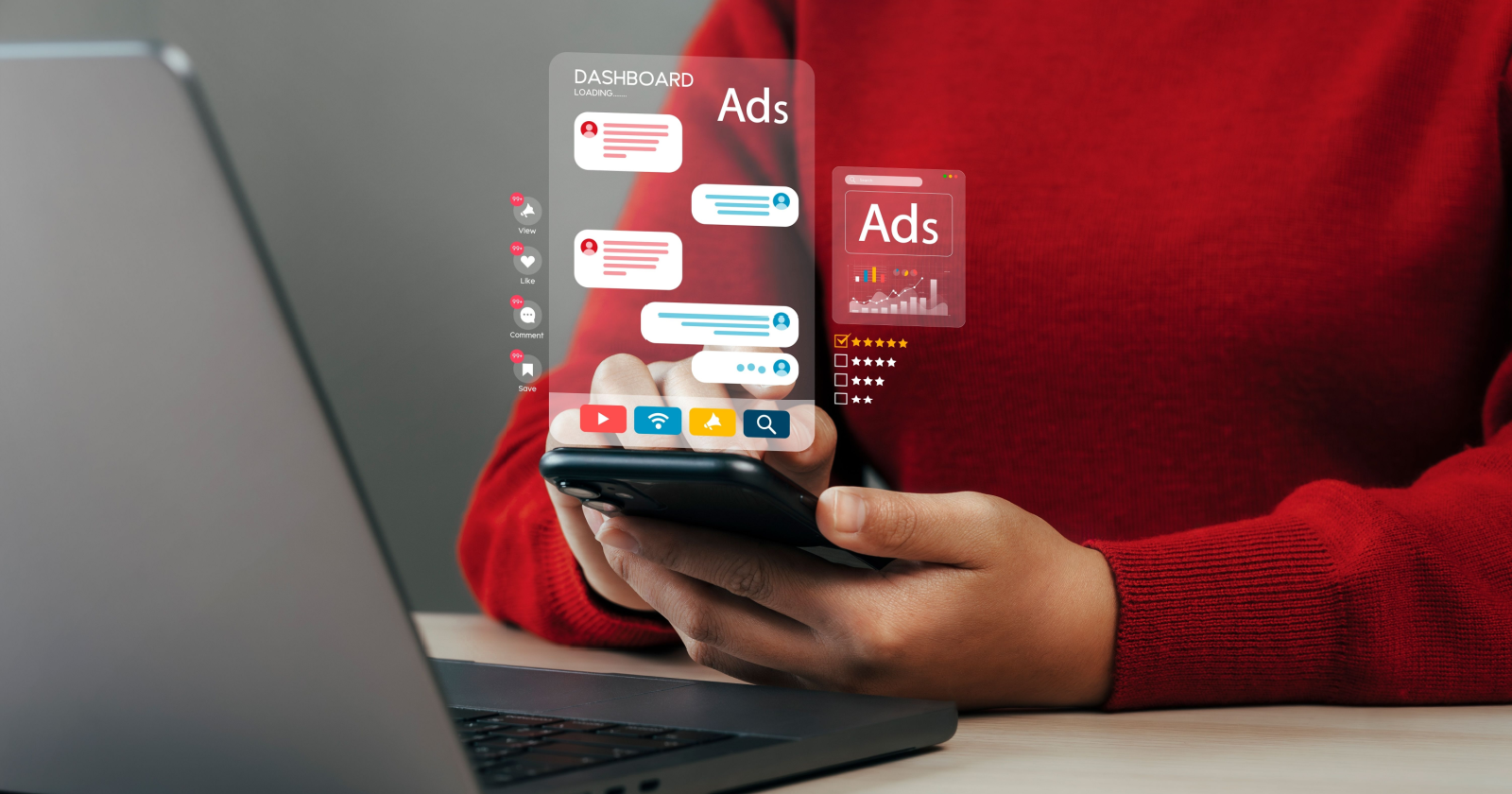63% of Websites Receive AI Traffic (New Study of 3,000 Sites)
We analyzed the traffic differences between sites driving greater than 10,000 visitors, between 1,000 and 9,999 visitors, and below 999 visitors per month, across the following seven AI chatbots: ChatGPT, Claude, Copilot, Gemini, Perplexity, Jasper, and Mistral. Thanks to...
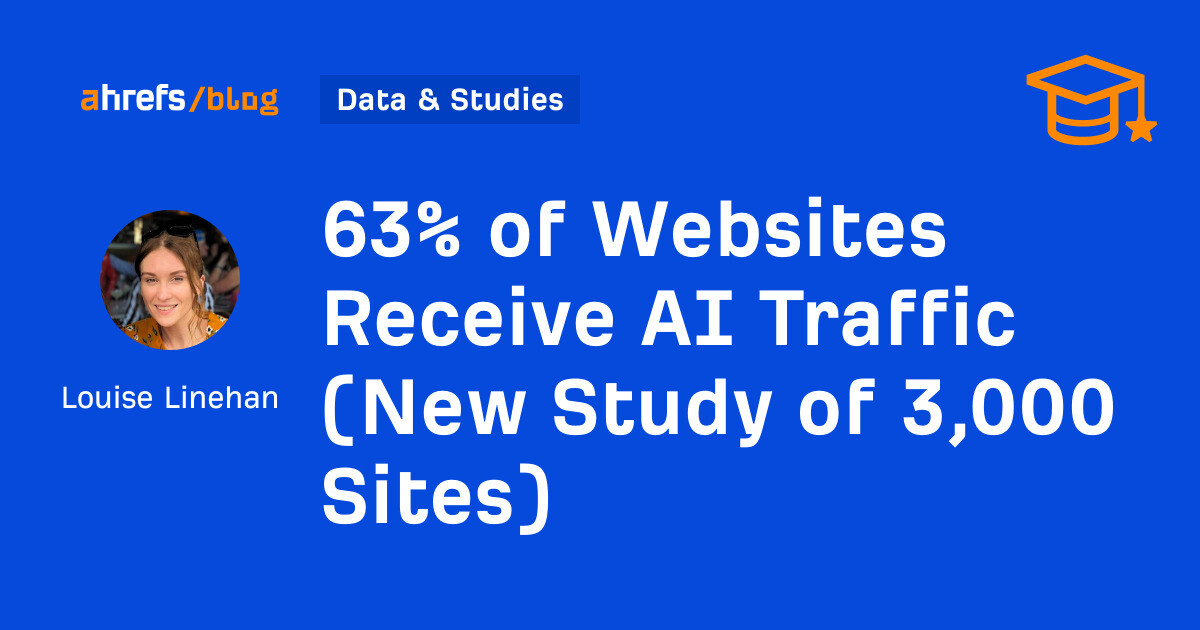
Article Performance
Data from Ahrefs
The number of websites linking to this post.
This post's estimated monthly organic search traffic.
We studied the traffic of 3,000 websites to better understand the size and make-up of AI traffic—including how much of it is being sent, the most common referral sources, and how that differs depending on the size of the site. We analyzed the traffic differences between sites driving greater than 10,000 visitors, between 1,000 and 9,999 visitors, and below 999 visitors per month, across the following seven AI chatbots: ChatGPT, Claude, Copilot, Gemini, Perplexity, Jasper, and Mistral. Here are our top findings: Thanks to our data scientist Xibeijia Guan for aggregating all of the data behind this study. We analyzed total traffic data from an anonymized sample of 3,000 sites. Across the total sample, 1,900 sites received at least one visit from an AI source. Looking at it another way, 63% of the sites in our study had at least one visitor arrive via an AI chatbot. According to the data we can accurately attribute, you have roughly a 2 in 3 chance of receiving a site visit via AI. This data relies on the referral source being trackable in analytics, but it’s important to note that some AI traffic will pull through as “direct”. In other words, this data represents just the visible AI traffic—the minimum amount of AI visitors a website receives. While there’s surely more to the story, you can still learn a lot about your AI visibility from the data you can track. Monitoring your AI traffic can show you which sources send users your way, which pages on your site act as AI traffic magnets, and how that traffic is changing or growing over time. Knowing this, you can optimize your AI referral pages and paths, separating pages that drive vanity traffic from those that actually engage or convert. In my article on LLM optimization, I discovered a few techniques that can help you work your brand into AI answers. But, I’d also recommend reading the following posts: Analyze your own AI traffic with Ahrefs Web Analytics You can see your own referral traffic from AI in Ahrefs Web Analytics when you link up your site via a snippet of Javascript. Once that’s done, follow these steps: Then, add a “channel” filter to see a breakdown of your LLM traffic. Or a “source” filter to home-in on a specific AI referral source, like ChatGPT… We studied seven of the most popular AI chatbots, and there was a very clear trinity leading the way. ChatGPT sent over half of all AI traffic, followed by Perplexity which sent just shy of a third, and then Gemini which referred ~18%. The remaining AI chatbots—Claude, Copilot, Mistral, and Jasper—passed on less than 2% of AI traffic between them. Copilot’s lack of referral traffic surprised me given that it’s connected to the open web, and has real-time retrieval capabilities—not to mention a market share that exceeds even Gemini or Perplexity. It’s clear that if you want traffic from AI, you need to focus your attention on the “big three” chatbots driving 98% of AI traffic: ChatGPT, Perplexity, and Gemini. ChatGPT, in particular, should be your main focus, since it drives half of all AI referrals. As a percentage of average monthly traffic, 0.12% of a site’s views, and 0.17% of its visitors come from AI. This aligns with what many other marketers are seeing in early-stage LLM traffic studies… A post from Flow Agency Founder, Viola Eva, showing that less than 1% of traffic came from AI, based on her study of 26 B2B SaaS sites. A comment from Kevin Indig on Viola Eva’s post, revealing he is also seeing minimal amounts of traffic from AI/LLMs right now. Your analytics may show similar or even higher AI traffic numbers. Across all three cohorts, we noticed the top sites picking up roughly 6% of their total traffic from AI, with one site earning as much as 18%. While ~0.17% might seem negligible, true figures are likely north of this, since AI visits can get bundled in with “direct” traffic. With these kinds of reporting quirks, finding other ways to attribute your AI traffic and conversions is a must. One avenue you can go down is setting up qualitative tracking methods like “How did you hear about us?” forms, to catch what analytics might miss. For example, we collect qualitative feedback on registration, and to date we’ve seen 14K+ self-attributed new users from ChatGPT. Now that we’ve analyzed average AI traffic across our entire sample, let’s dig deeper into individual cohorts. Predictably, the sites earning more visits were also the ones picking up the most AI traffic.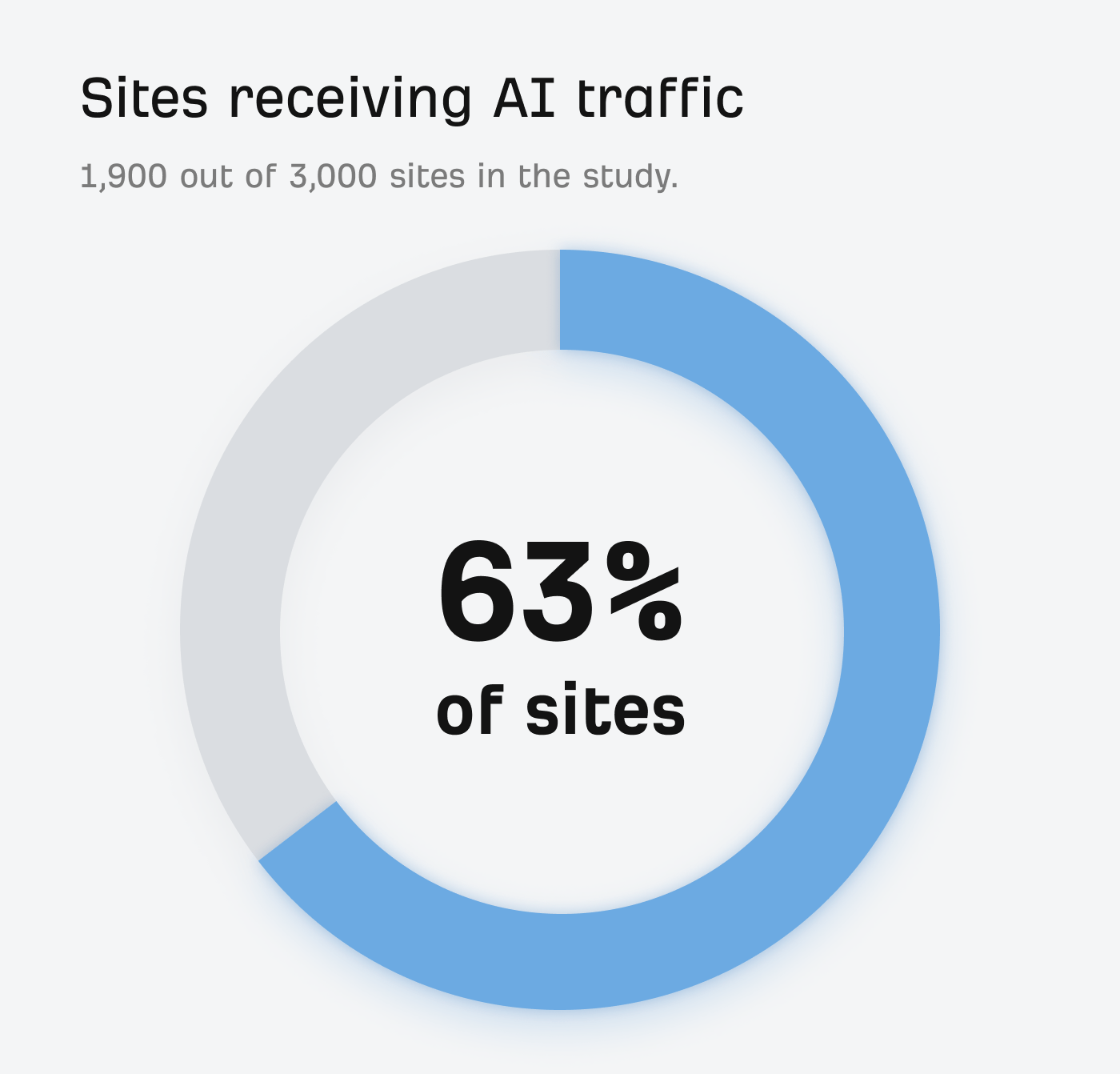
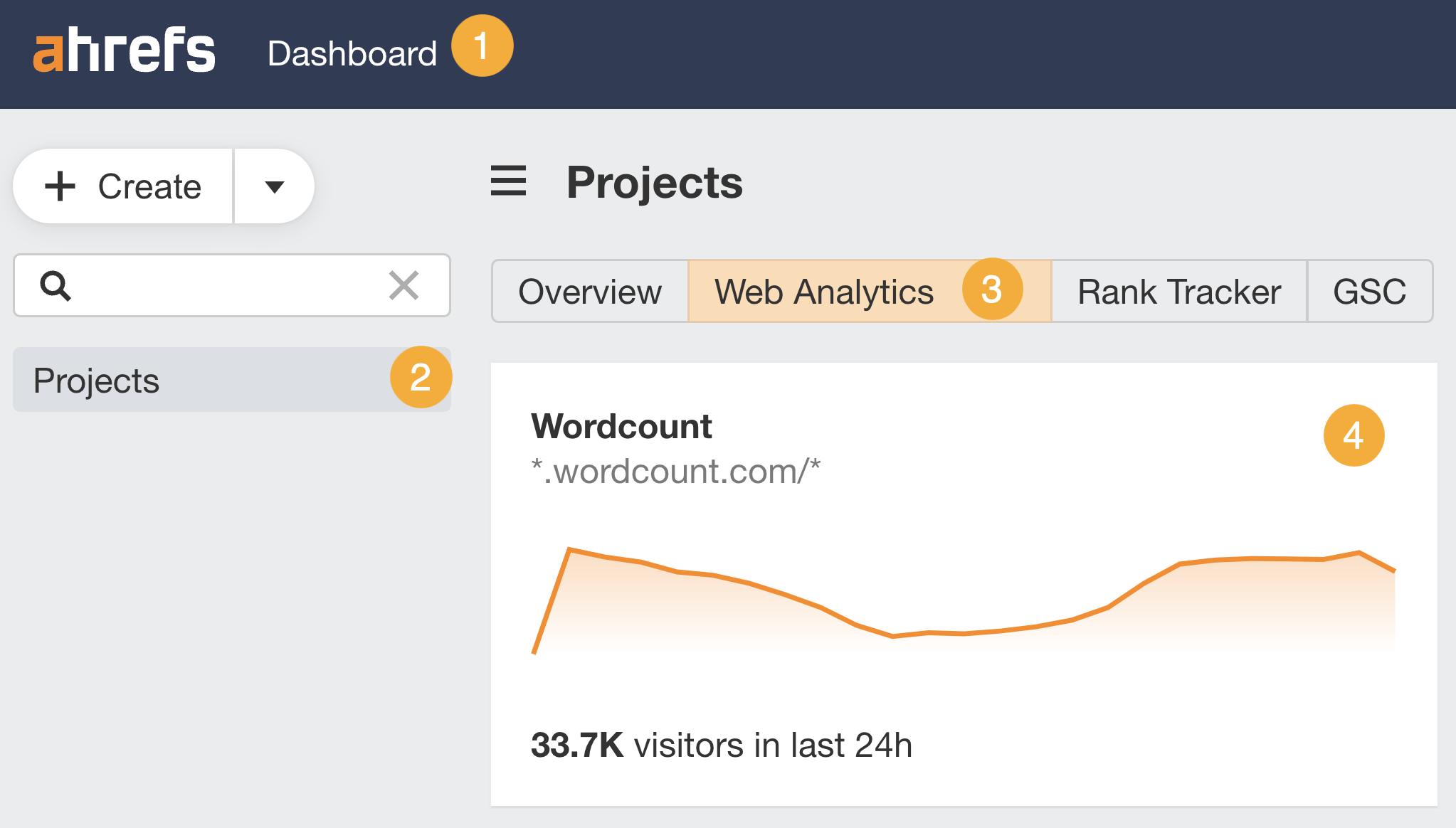
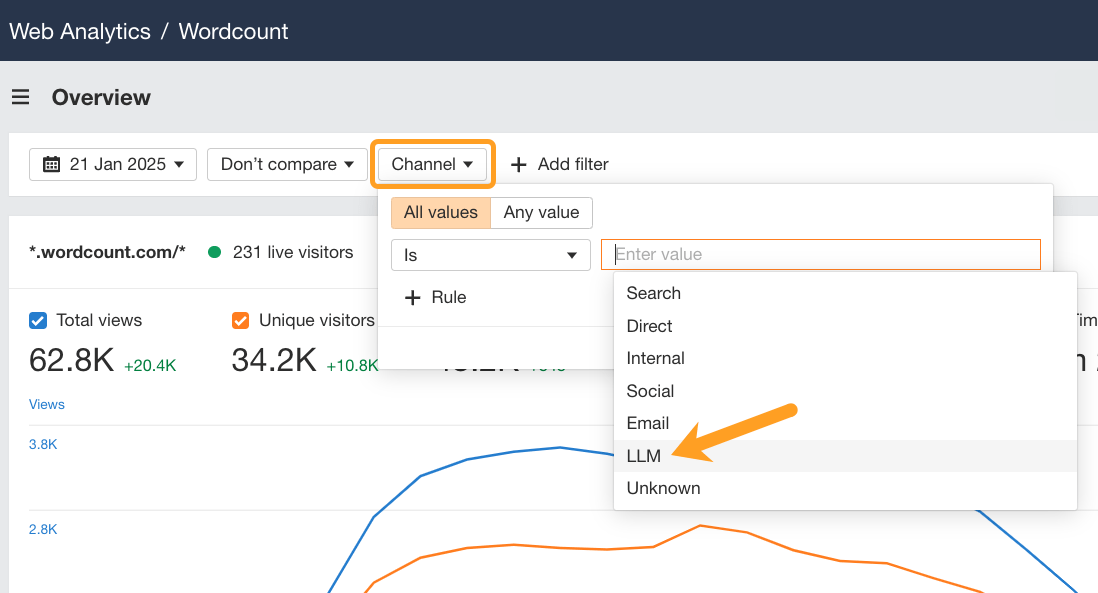
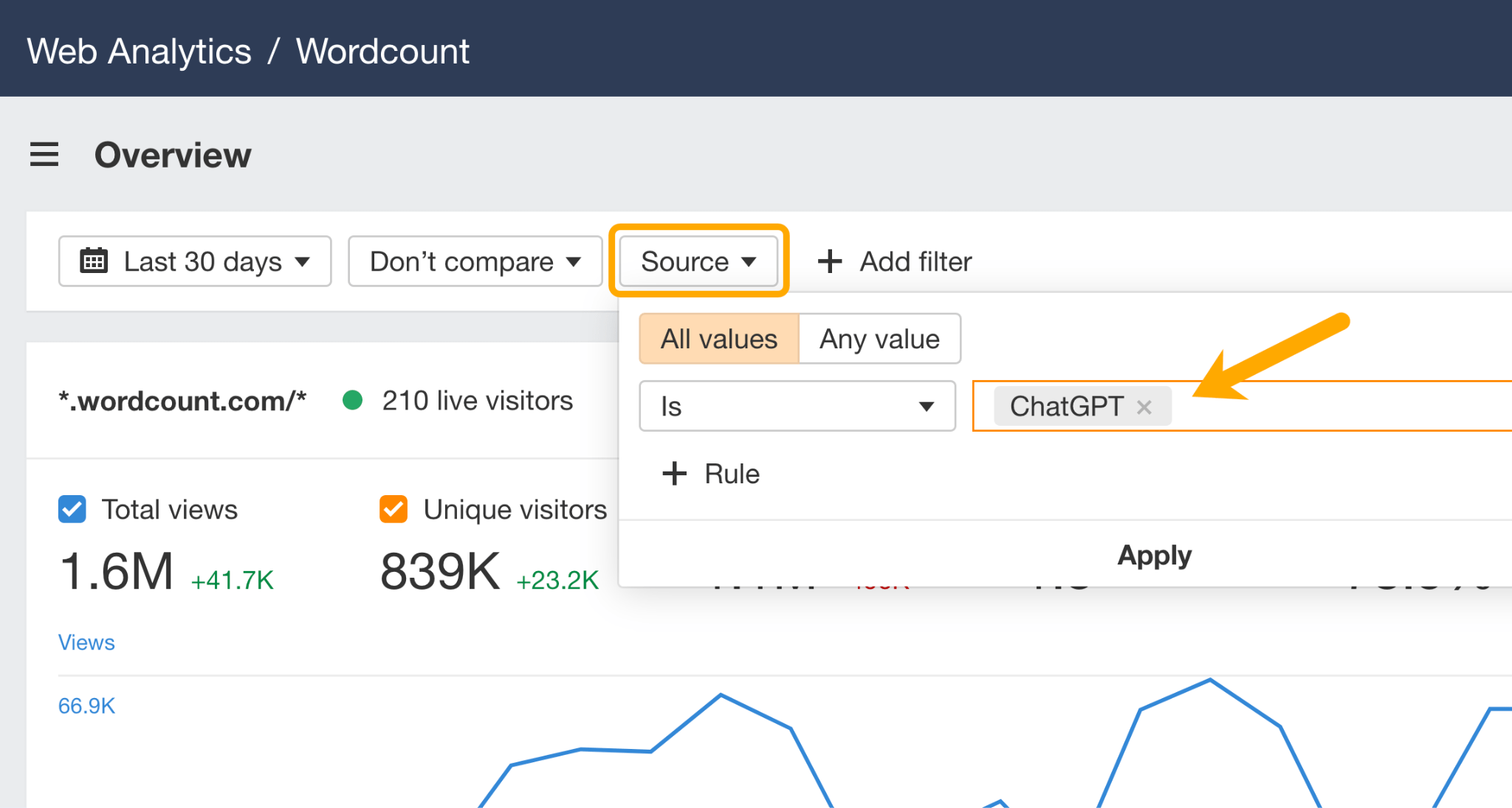
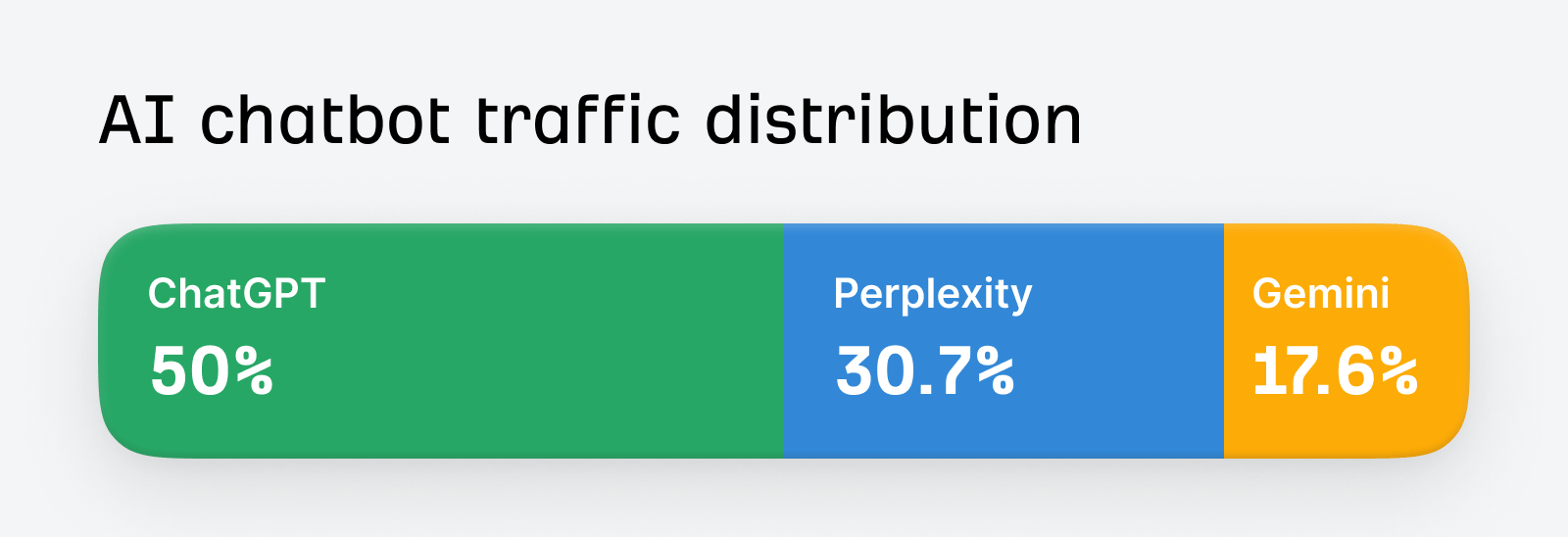
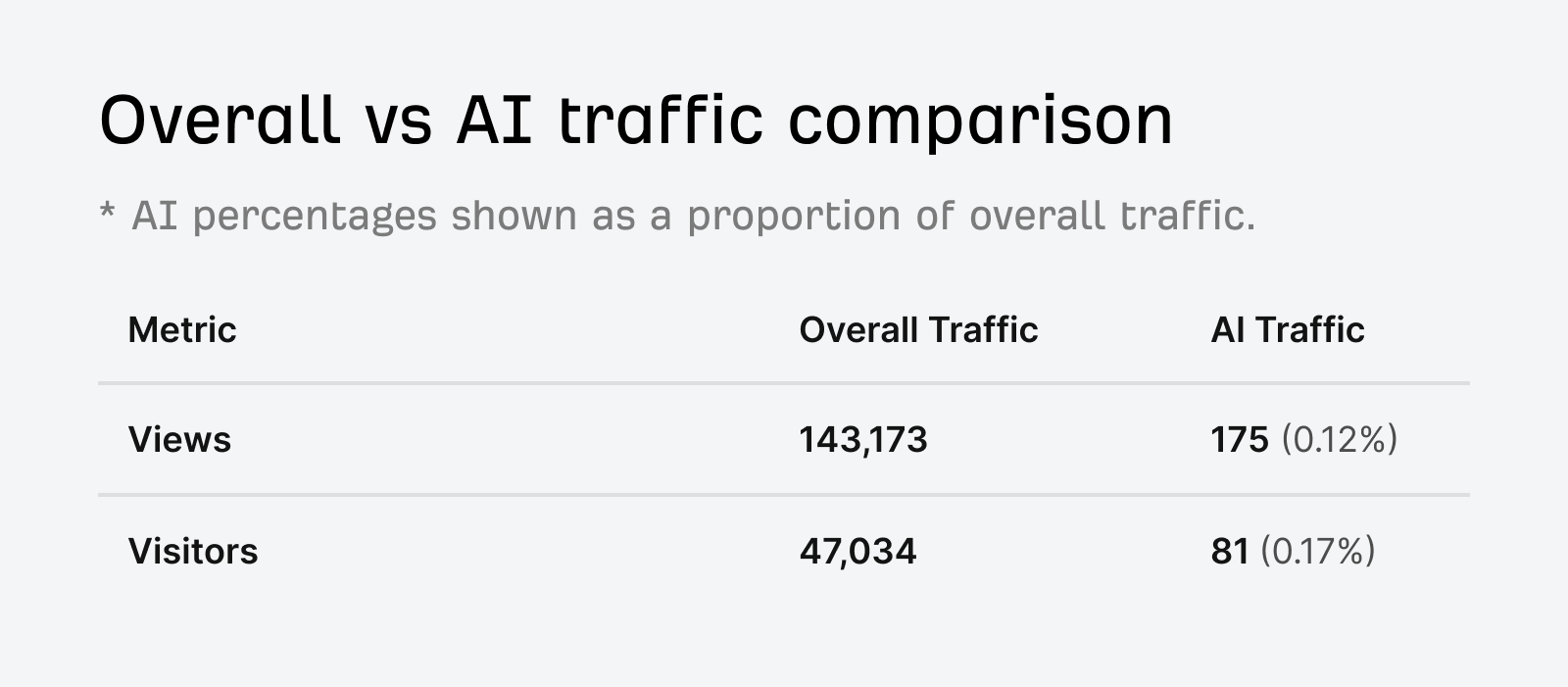

 Konoly
Konoly 